Can I Make My Hydrangea Stems Stronger?
Can I Make My Hydrangea Stems Stronger?
We got a great email from a customer last week, who asked how he might make the stems on his Hydrangea shrub stronger. I loved this question, because it is not only something that many of our customers wonder about, but the answers aren’t always what they expect.
I responded that I assumed he was asking because some of his plants were flopping over with the weight of their large flowers. One of reasons that we love all types of Hydrangeas is because of their large, showy flowers, but those flowers can be heavy, especially after a rain. How to hold the hydrangea flowers up?
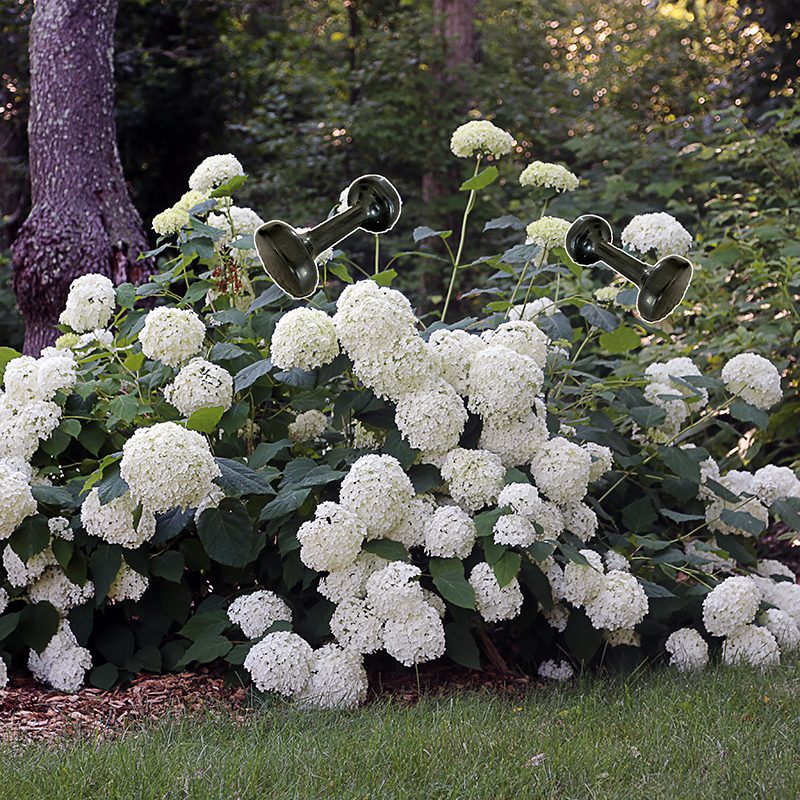
Whether you are wondering about your drooping, blue Endless Summer blooms, falling Annabelle flowers, or the bending branches of your Lime Light, here is what you need to know about the stem strength of Hydrangeas.
- Weaker stems are usually a genetic thing. For example, Annabelle Hydrangeas tend to fall over when flowering or after a heavy rain, while Incrediball, a similar arborescens which has been selected for sturdier stems, does not. In the panicle group, the PG (Hydrangea paniculata ‘Grandiflora”) has weaker stems while Fire Light stems stay upright, even with heavy flowers. One reason that Limelight Prime was selected and brought to market is because it was more stem-sturdy than the original Limelight. Endless Summer stems fall over sooner than some other blue hydrangeas. Stem sturdiness is something that breeders focus on when trialing new Hydrangea varieties that they introduce, so you’ll see that most of the newer varieties are more stem-sturdy than older types.

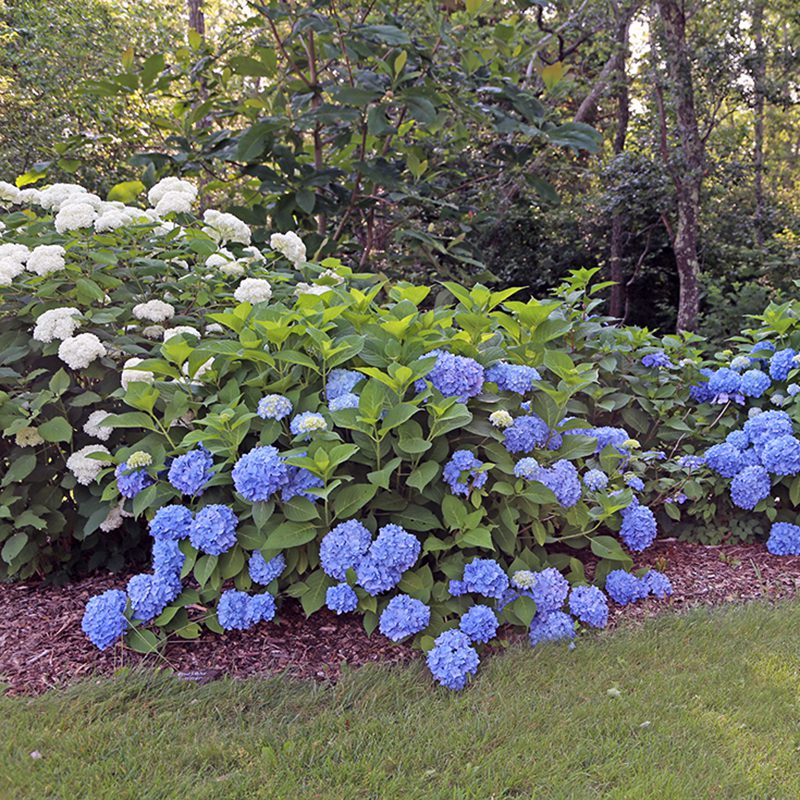
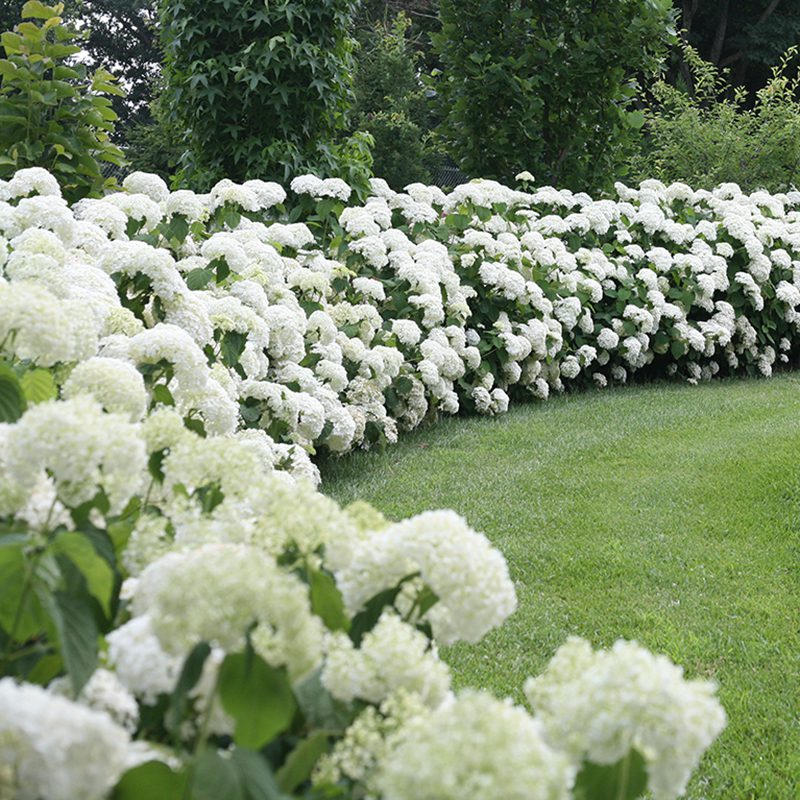
2. Fertilizer makes it worse! Many people assume that fertilizer will make a plant stronger, but actually the opposite is true. Fertilizer promotes larger blooms and faster growth, and that fast growth is weaker. So the more you feed a Hydrangea, the more likely it is to bend over.
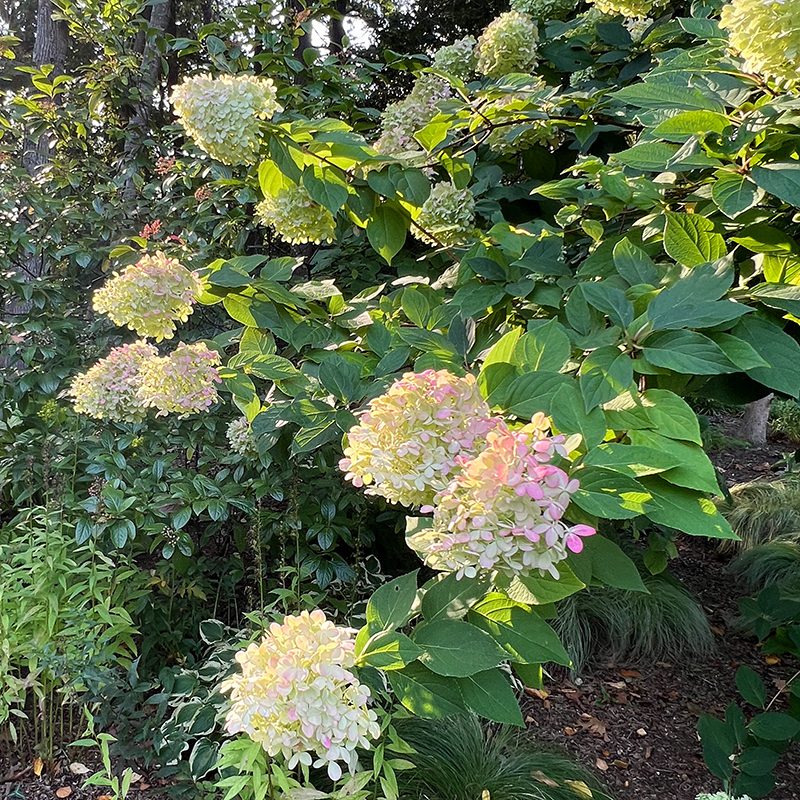
3. Hard pruning will create weaker stems. Pruning always stimulates growth, because the plant wants to replace what it’s lost. But that new growth is naturally weaker. If you prune a large Hydrangea such as a Limelight or PG back hard, it will respond with fast, upright growth that isn’t as strong. Older stems are sturdier. For the strongest paniculata stems, only remove crossed branches, and those heading into the center of the plant, aiming for removing less than 1/4 of the plant’s total size.
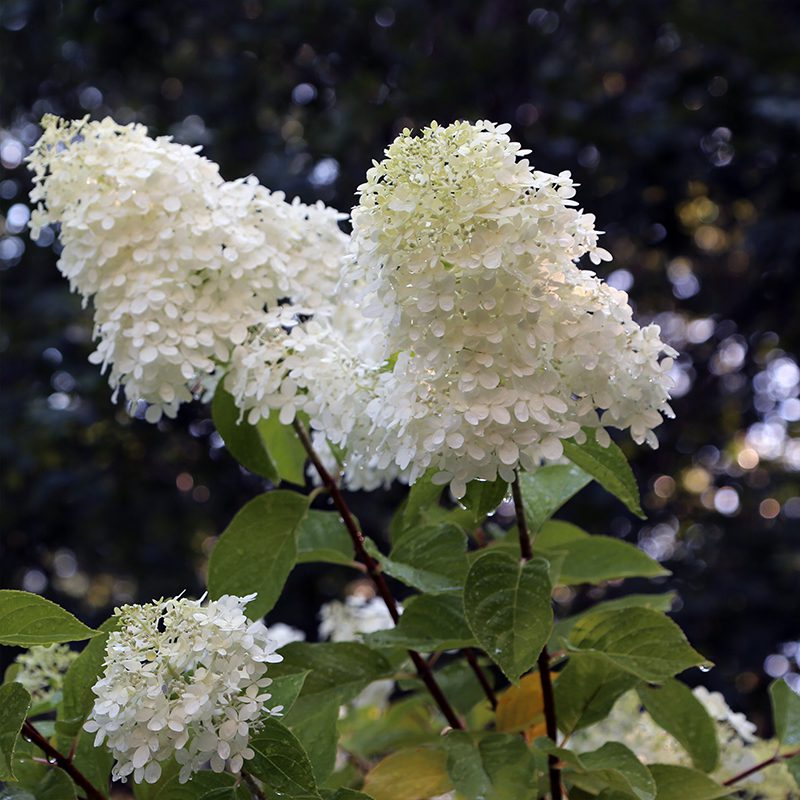
So how can you strengthen your Hydrangea stems? Go easy on the pruning and fertilizing, and know that some varieties will always be prone to bending, especially when the flowers are large and wet from rainfall. If your plants need supporting, see the link to an invisible method of staking below.
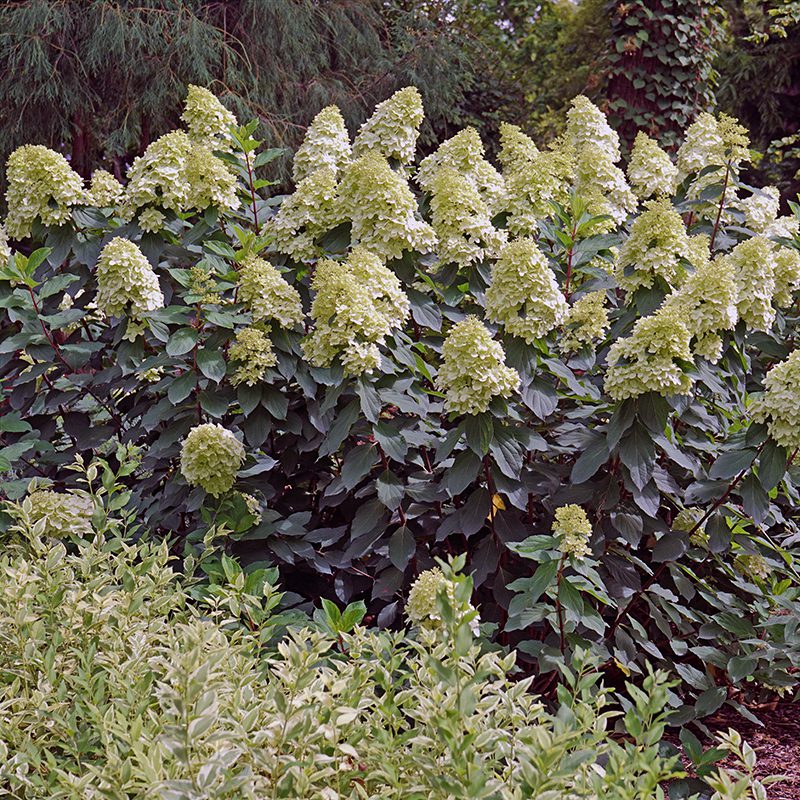
Look for the newer, more stem-sturdy varieties of Hydrangeas at Hyannis Country Garden this season. We also carry Hydrangeas that have always been less prone to flopping, including Invincibelle Spirit II, Little Quick Fire, Pinky Winky and others. From short, to medium and tall, there is a Hydrangea for every garden.
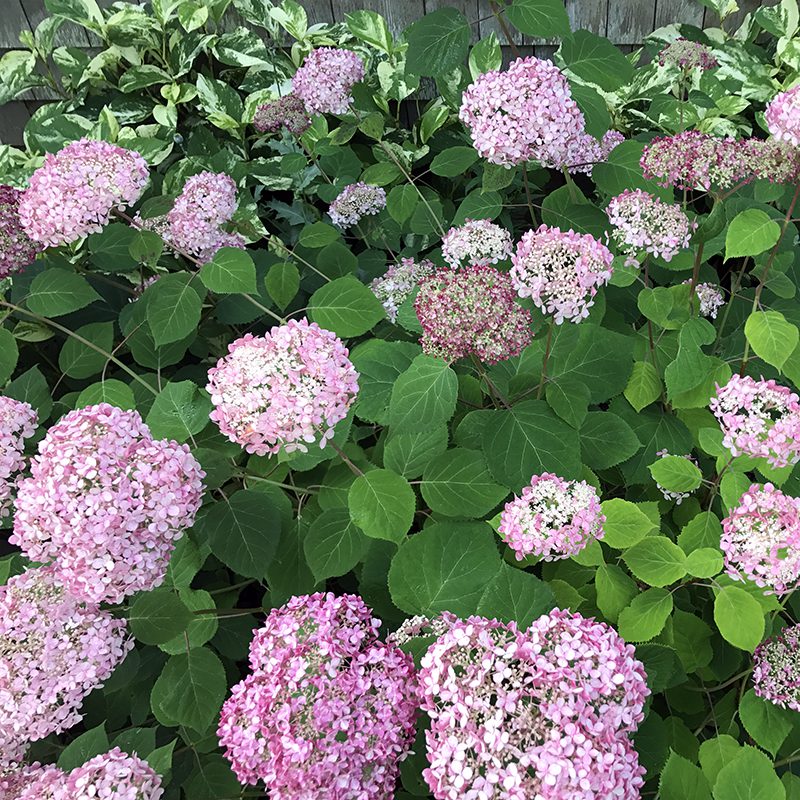
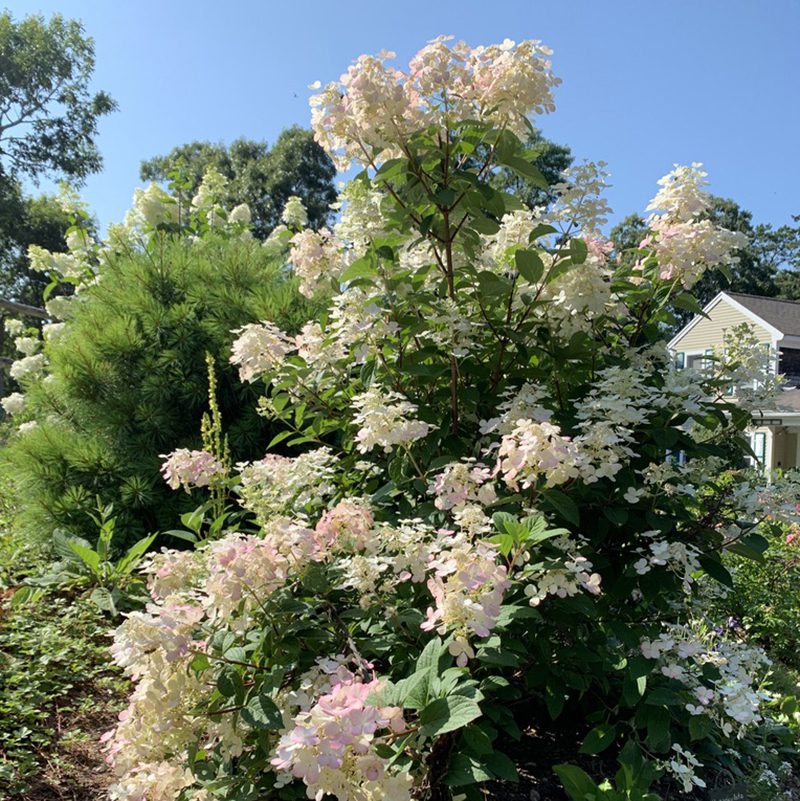
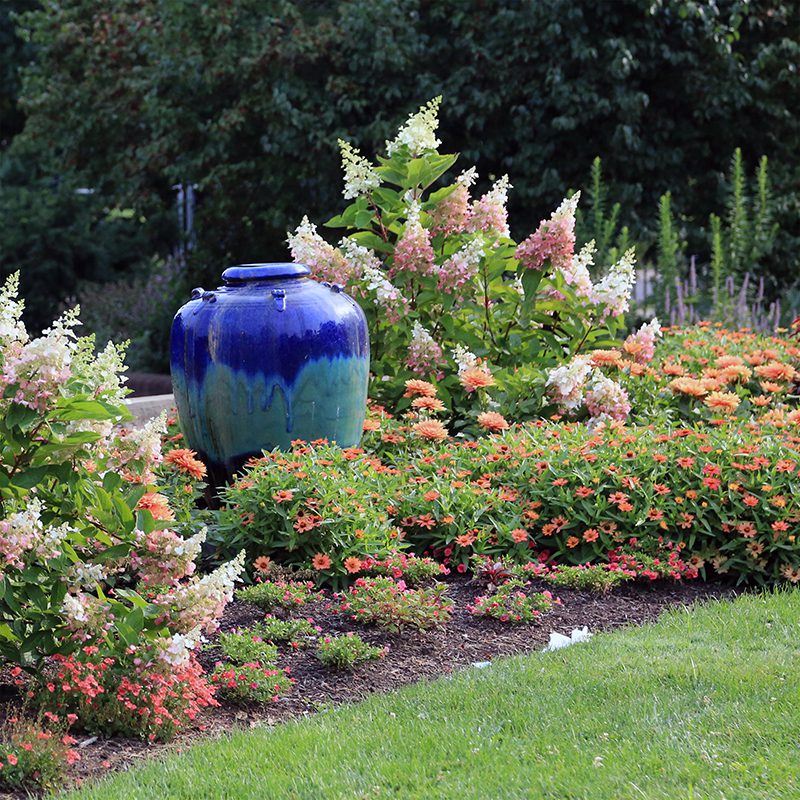
BTW, if you have flopping Hydrangeas (or peonies!) and want to stake them so they have a natural form, there’s a description of how to do it on this blog: https://gardenlady.com/how-to-stake-flopping-peonies-and-hydrangeas/
1 Comment
Leave a Comment
Subscribe To Our Newsletter
Sign up for our weekly email about sales and events.

The history of falling hydrangeas and how and what to do was great. I’m always learning about my hydrangeas and so happy CL that you give us great advise.